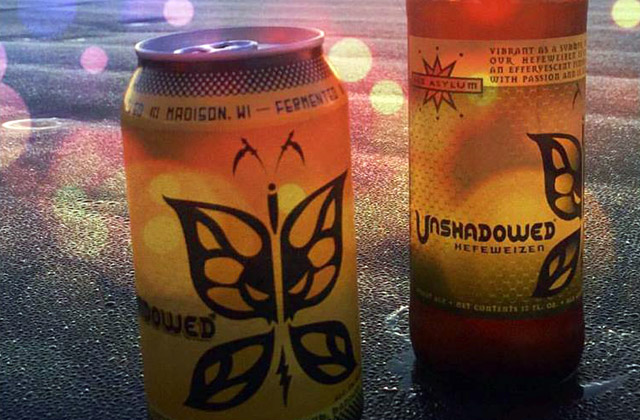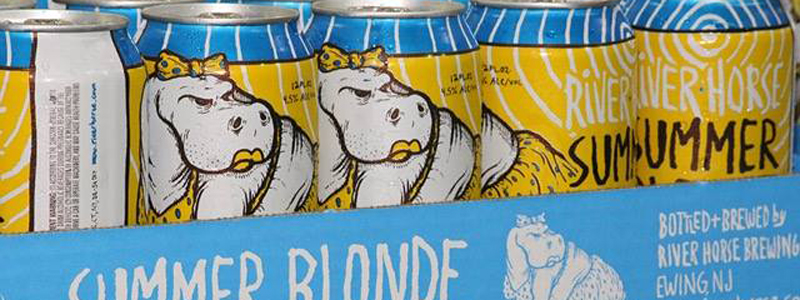
Finding the balance of producing cans or bottles is a newer marketing glitch that has risen as mobile canning lines have become more popular among smaller craft breweries.
The sight of rows and rows of glass bottles and bombers are now becoming intertwined with 12 and 16-ounce aluminum cans on shelves.
Some breweries, such as Rahr & Sons in Fort Worth, Texas told Brewer Magazine it is phasing out bottles in favor of cans over a period of time while Dogfish Head will be releasing cans this fall after 20 years of being packaged in solely bottles. That’s just two examples and situations of how cans have begun to play a role.
But does it have to be a war with just one winner? Many breweries don’t think so and have found ways to find value in both and in turn help expand their market share.
Ewing Township, New Jersey’s River Horse Brewing is content with offering just one beer a year in a can, it’s “Summer Blonde Ale.” The owner of the Trenton-area brewery, Chris Walsh, said summer is the best time, and only time, that cans are needed for his operation.
“If you look where we sit on the riverside of New Jersey with lots of golf courses, canoers and kayakers on the Delaware, plus the Jersey Shore, it makes sense,” he said. The brewery began canning for the summer of 2015 and continued with a similar push in 2016.
Ale Asylum began canning in May of 2015 after opening in May of 2006 and while cans have steadily rose in sale over the last year, bottles still skew the highest in sales for the Madison, Wisconsin brewery.
“We have learned that consumers love options and prefer to rotate these options in their fridge and cooler rather than sticking with one thing all the time,” said Ale Asylum’s Hathaway Dilba. “This can translate to enjoyment of different beers from several breweries, seasonal brands within a single brewery, or even different containers.”
Both Walsh and Dilba agree that a stigma is still placed on cans, especially with older consumers that don’t think beer in a can is as valuable. Of course, it’s just perception, but Walsh said he used that in guiding the sales principal and picking which beer to can.
“Beer is very situational,” he explained. “Most people picture drinking a canned beer outside by a fire, or tossing a can of beer to someone sitting on a cooler somewhere. People prefer a bottle. It seems the standard for a can is “good enough.” If I am going to pay a higher dollar amount you expect it to be in a bottle.”
That’s why Walsh thinks a 4-percent “lawnmower beer” in a can makes sense.
“There is definitely a box for it where things fit and things don’t,” he said. “You won’t see our Tripelhorse in a can. It’s a personal thing, but it just seems weird to me to drink, say a stout, out of a can.”
Although sales can dictate that perhaps more beers should be canned, Walsh said what he has seen shows that River Horse is good with one can in its portfolio.
“We had talked about other beers in cans, but with the amount of SKUs out there and wholesalers said if we are going to do the same beer multiple ways they don’t want that from us,” he said. “They want to limit the offering to high-velocity beers and packaging that makes sense. New beers would complicate the issues. This is something we can execute well on instead of just putting beer in a can for the sake of putting it in a can.”






1 Trackback / Pingback